Referring to the car as ‘model 113’, Aston has a clear strategy for naming (and clearly separating) its range: the new Vanquish is the ultimate in performance and price; a Vantage is a pure ‘sports’ car; Rapide is luxury writ large.
And DB9? Well, a DB9 should embody the timeless appeal of the famous British brand; that of understated style and effortless ground-covering ability, made possible by a powerful, big-capacity V12.
So although the company still maintains a list of possible names – for the time being, at least – ‘DB9’ is here to stay for this core product in Aston Martin’s range. By the way, at the South of France launch of the new car, Dr Bez confirmed that two additional models will be revealed next year; so there’s more to come on the naming front.
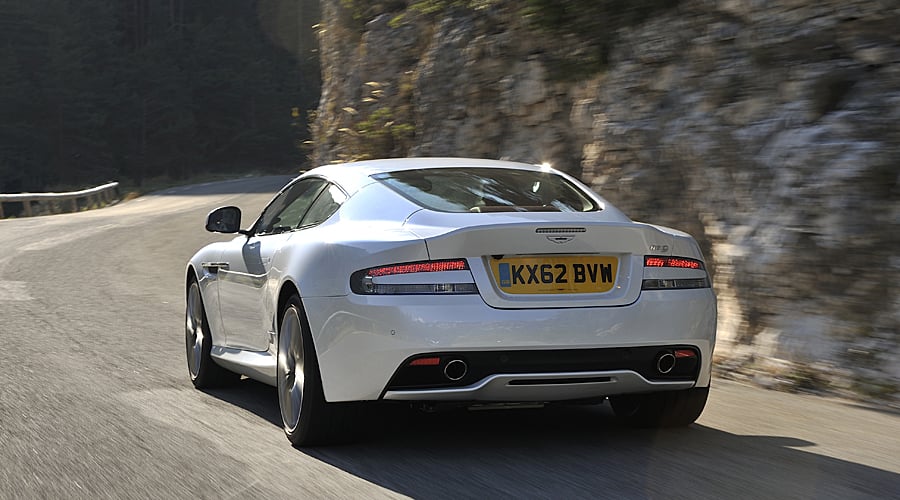
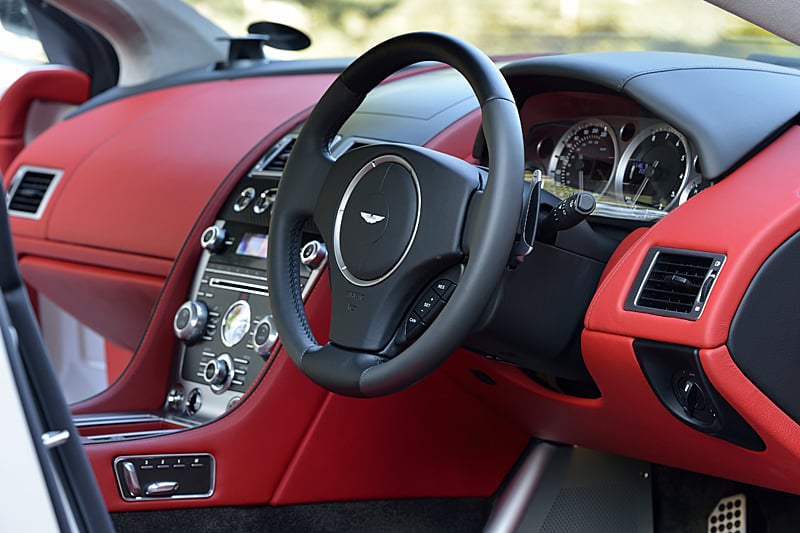
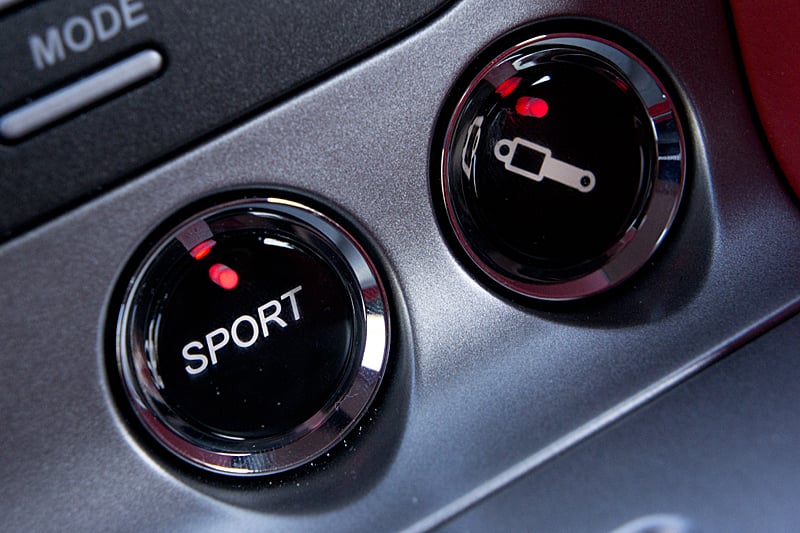
But that’s the future. Sitting here now, in a hotel, with both convertible and coupé cooling down, tinging and ticking in post-drive relaxation just a few paces away, how does the ‘newness’ of the latest DB9 manifest itself?
First up was the Volante (both models are available to order right now, at £131,995 for the coupé and £141,995 for the convertible).
Visually, the outgoing Virage has contributed much to the latest ’9. We liked the Virage in 2011, both to drive and admire. What you don’t see today, however, are the drastic revisions to Aston’s innovative, trademark, bonded aluminium chassis that results in greater stiffness (the coupé by 20%, the Volante by an even more impressive 30%).
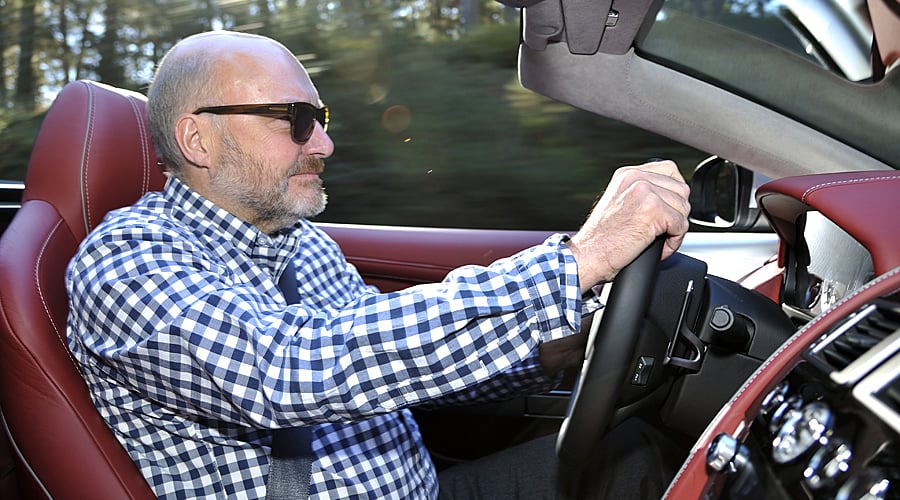
A lower-mounted engine (by 19mm) allows a much stronger, fully triangulated brace to straddle the engine bay, as well as contributing to compliance with the latest European pedestrian protection regulations.
Marry this to a heavily revised engine producing similar power to the now extinct DBS (517HP, via dual variable valve timing and much more) and you get a far livelier car, where each input of steering, braking and throttle is transmitted to the road with so much more precision.
The engine now really picks up at low revs. From just 2,750rpm or so, throttle response is now far more immediate – and that’s just in ‘Normal’. Press the drivetrain’s ‘Sport’ button and things are sharpened up yet further. Motorway meandering or the city crawl aside, ‘Sport’ is the setting.
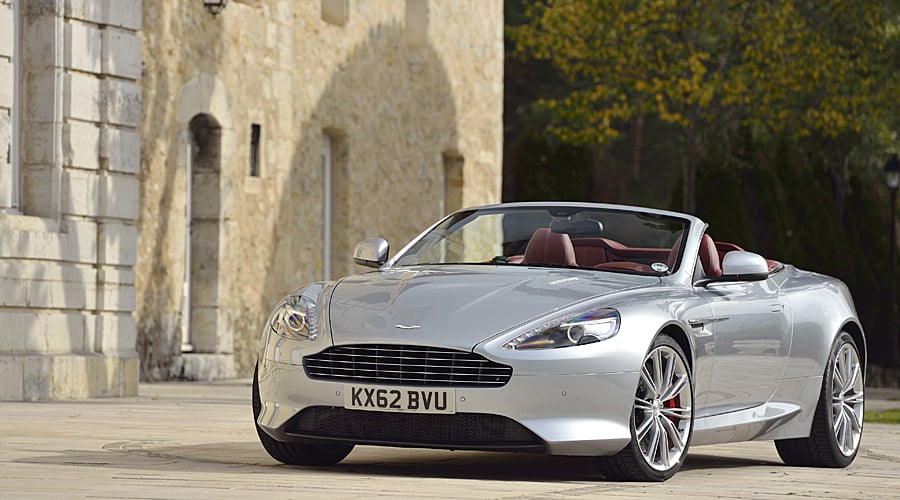
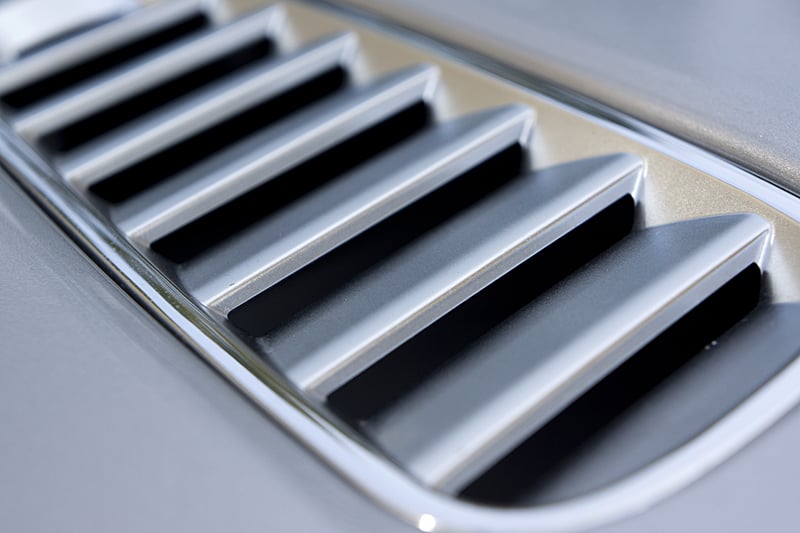
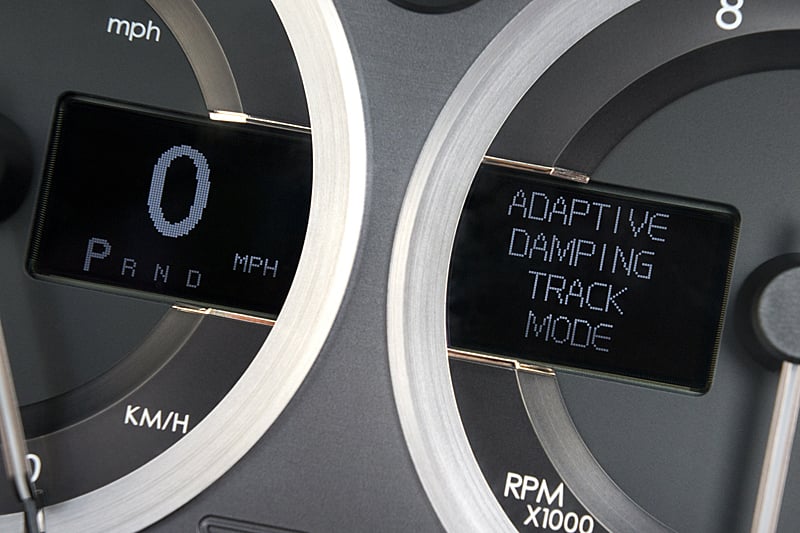
The Adaptive Damping System (ADS) can likewise be selected to suit. We’d use ‘Sport’ most of the time. Don’t be put off by ‘Track’ – it’s perfect for smoother roads and press-on driving, and only a touch bumpier than ‘Sport’.
The result of all this – and do look at our news feature on the car for full technical data – approaches the Holy Grail of car manufacturers: a car capable of covering some massive distances in comfort, as well as delivering an exhilarating experience on open, twisting roads. And commuting and picking the kids up, which, nowadays, is a given.
And I haven’t started on the coupé; all of the above refers to the Volante. Just take it that the closed DB9 gives you all of this – and a little bit more… for £10,000 less.
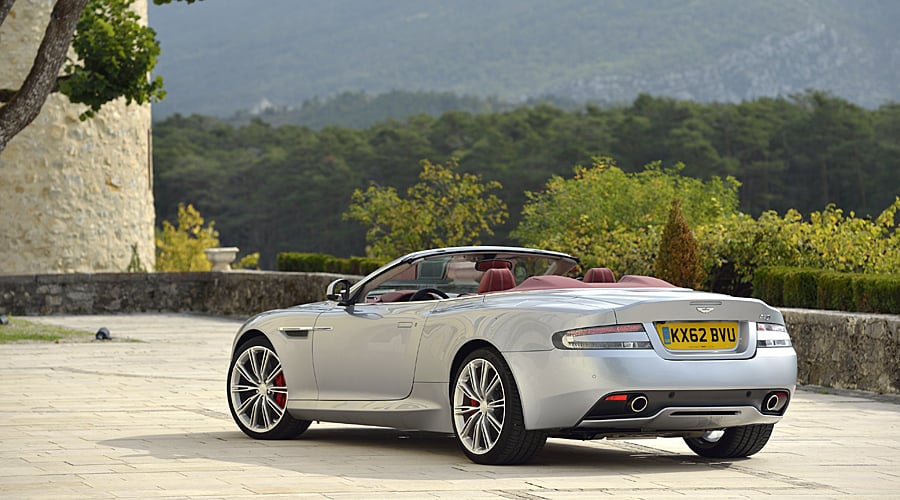
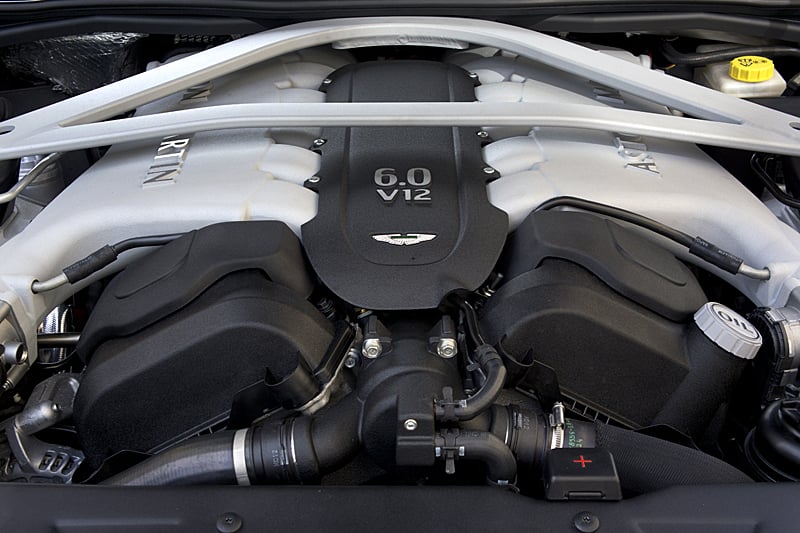
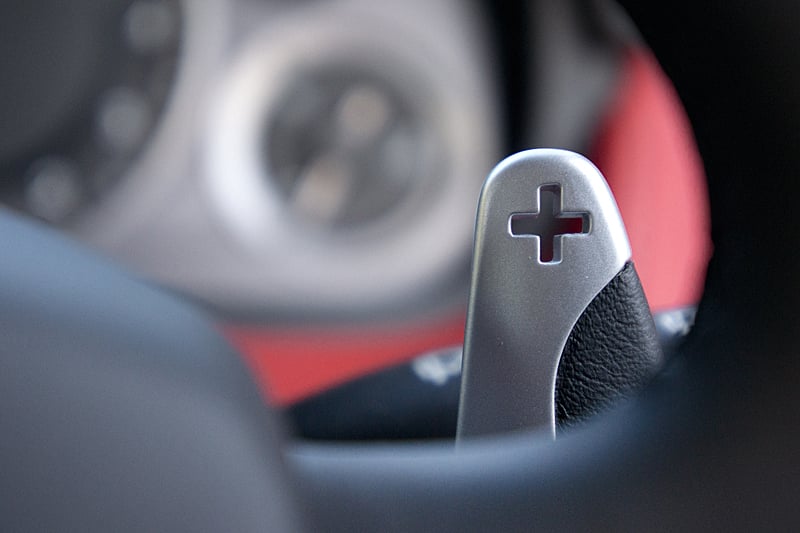
Drive this car in Sport/Sport, using the paddles as a ‘manual’ and holding on to the revs in third or fourth, and it is so, so satisfying: a really fast GT with a superb soundtrack. While the manual DBS could be rowed along effectively, as an automatic it ultimately failed to deliver the performance its look-at-me clothes promised.
The new AM11 engine, the new chassis, the perfectly balanced Touchtronic torque converter gearbox, as-standard carbon brakes, gorgeous looks and fine handling have moved the ‘new’ DB9 right back to the forefront of the luxury GT market – where it belongs.
At the launch, a positively-fizzing-with-energy-and-enthusiasm Dr Bez questioned the need for 700bhp and over-complicated drivers’ aids. His aim is to produce a “great, timeless GT car” that will give “real fun between 2,000rpm and 4,000rpm”.
In the 2013 DB9, from its new 5-bar grille to its elegant rear spoiler, Bez and the entire engineering team at Gaydon has achieved exactly that – and more. Ferrari, Bentley and Maserati watch out: Aston Martin is stronger than ever.
Photos: Aston Martin













